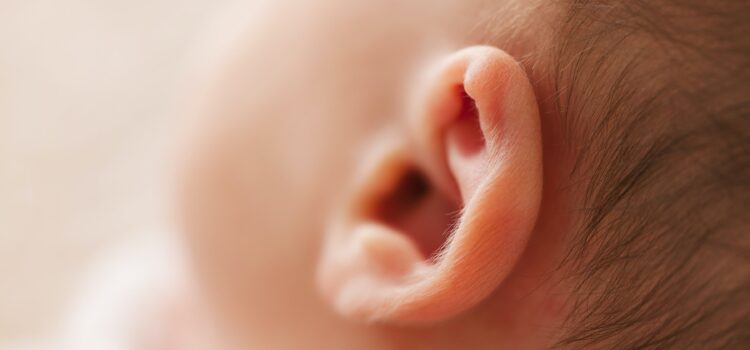

This article is an excerpt from the Shortform book guide to "Your Inner Fish" by Neil Shubin. Shortform has the world's best summaries and analyses of books you should be reading.
Like this article? Sign up for a free trial here .
What does the inner ear do? How does the inner ear work, and why do humans have them?
The inner ear is a part of the human body that is inside the skull. It helps us stay balanced, amongst other things.
So, what does the inner ear do and why do we need it? Keep reading to find out.
What Does The Inner Ear Do?
What does the inner ear do? For the mechanisms of our inner ear, we are also indebted to sharks and fish.
To understand the connection, it’s first necessary to understand how our hearing works. The inner ear is inside the skull (beyond the eardrum and three middle ear bones) and consists of a snail-like coil of tubes as well as gel-filled sacs. It has different parts for three functions:
- Hearing
- Balance (which way our head is tilting)
- Acceleration (how fast the head is accelerating or stopping)
Here’s how the inner ear works:
- The parts of the inner ear are filled with gel that moves.
- Specialized nerve cells extend hair-like projections into the gel.
- When the gel moves, the hairs bend and send a signal to the brain that’s interpreted as sound, position, or acceleration.
This should help you start to understand the answer to the question “what does the inner ear do?”
Position
So how does the inner ear work? The inner ear is somewhat like a snow globe with a flexible case that moves or flops when the snow globe is tipped, sloshing the inside gel around. When we bend our heads, like tipping the globe, the gel membrane in our inner ear flops around and moves the gel.
Registering our position involves rock-like structures on top of the gel membrane (the floppy case) that move when the head is tilted. The rocks accentuate the movement or flopping of the membrane, allowing us to sense small differences in position.
Acceleration
This is another part of the question “what does the inner ear do?” We perceive acceleration through three gel-filled tubes inside the ear that move when our body accelerates or stops, causing the nerve cell projections to bend in a simulated wave.
Our position and acceleration mechanisms are both connected to eye muscles that help keep us looking in the same direction even when our head moves. (For instance, if you look at a point on this page while moving your head back and forth, your eyes stay focused on the same point.)
When you drink too much alcohol, you throw off the inner ear balancing system, which makes you tipsy or feel like you’re moving when you aren’t. When alcohol moves from the bloodstream to our inner ear gel, it sort of floats in the gel because it’s lighter, which swishes the gel around and makes the brain think you’re moving when you aren’t. The brain passes this information to your eye muscles, making your eyes twitch (a sign police look for when pulling over suspected drink drivers).
The alcohol in the inner ear eventually dissipates by moving back into the bloodstream, which gets the gel moving again—so you continue to feel off-balance or have a hangover the next day (although your eyes twitch in the opposite direction). This answers one part of the question “what does the inner ear do?”
Motion Sensing and Balance
Our ability to balance and sense motion likely traces back to fish like trout, which have a primitive version of the human inner ear that enables them to sense the water’s current.
Trout have lines along their bodies of small organs with sensory receptors under their skin. The receptors poke hairline projections into gel-filled sacs called neuromasts. As water moves around the fish, the gel sacs or neuromasts change shape and the hairs send a signal to the brain telling the fish how fast the water is moving. Thus, trout can hold still in fast-moving water.
The similarity between neuromasts and inner ears again shows that organs developed for one function can be repurposed.
Mammals expanded and evolved the inner ear to hear better than amphibians and reptiles. Also, modern fish and other vertebrates improved the sense of acceleration by developing three ear tubes compared to one in primitive fish.
While our inner ear can be traced to fish, the specialized neurons in the gel go back even further. These neurons have a long hairlike projection along with smaller ones, and they have a fixed orientation in our inner ear and a fish’s neuromasts. These neurons have been found in animals lacking sense organs and even heads, like the worm amphioxus.
Now you have a better sense of the questions “how does the inner ear work?” and “what does the inner ear do?”

———End of Preview———
Like what you just read? Read the rest of the world's best book summary and analysis of Neil Shubin's "Your Inner Fish" at Shortform .
Here's what you'll find in our full Your Inner Fish summary :
- How your hands and feet are like a fish that lived hundreds of millions of years ago
- How the structure of your head can be traced back to an ancient, headless worms
- What parts of your body are uniquely human






